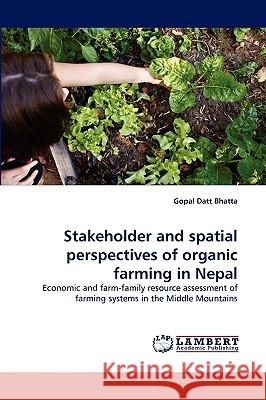Stakeholder and Spatial Perspectives of Organic Farming in Nepal » książka
Stakeholder and Spatial Perspectives of Organic Farming in Nepal
ISBN-13: 9783838390147 / Angielski / Miękka / 2010 / 180 str.
The book provides empirical insights on several aspects of organic farming in the Himalayan Nation, Nepal. It covers historical background of organic farming, policy elements, comparative assessment of farm-family resources in different farming systems prevailed within the short transects of urban and peri-urban areas of the Middle Mountains of Nepal, their distribution along the spatial gradient and relevance to organic farming development, consumer and trader perception on organic vegetables and preference modeling through conjoint analysis. Application of the AHP to find the important factors of farming predominance is probably the first of its kind in the arena of farming. Similarly, application of spatial sampling design also claims the same. The author mostly uses qualitative research methods along with spatial integration of micro-survey data in GIS environment. The findings, in its abridged form, state that organic farming is a profitable enterprise for the smallholder farm-families around the peri-urban areas of Nepal. The spatial location of the household affects the potential development of organic agriculture, particularly in the rural areas.











